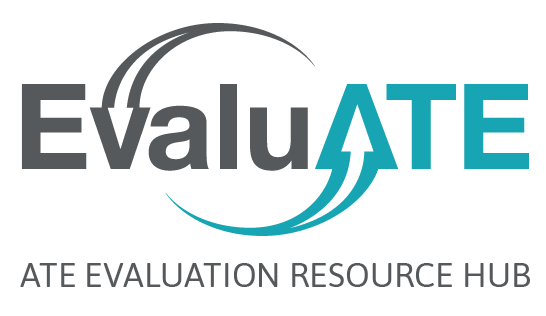Now that you have a good grasp on the content and scope of your one-page report, let’s talk about visual strategies!
Our brains are really talented at detecting patterns and making sense of visual information before our brain has comprehended the meaning of the actual text. Using these strategies intentionally can help you lead your reader to what you think is most important.
In this video, we talk about visual strategies including using grids, creating an intentional path, creating visual hierarchies, and paying attention to white space. All of these are important in creating a one-page report that will be effective in capturing the attention of your reader while allowing the busy reader to absorb the most pertinent information.

Except where noted, all content on this website is licensed under a Creative Commons Attribution-NonCommercial-ShareAlike 4.0 International License.



 EvaluATE is supported by the National Science Foundation under grant number 2332143. Any opinions, findings, and conclusions or recommendations expressed on this site are those of the authors and do not necessarily reflect the views of the National Science Foundation.
EvaluATE is supported by the National Science Foundation under grant number 2332143. Any opinions, findings, and conclusions or recommendations expressed on this site are those of the authors and do not necessarily reflect the views of the National Science Foundation.